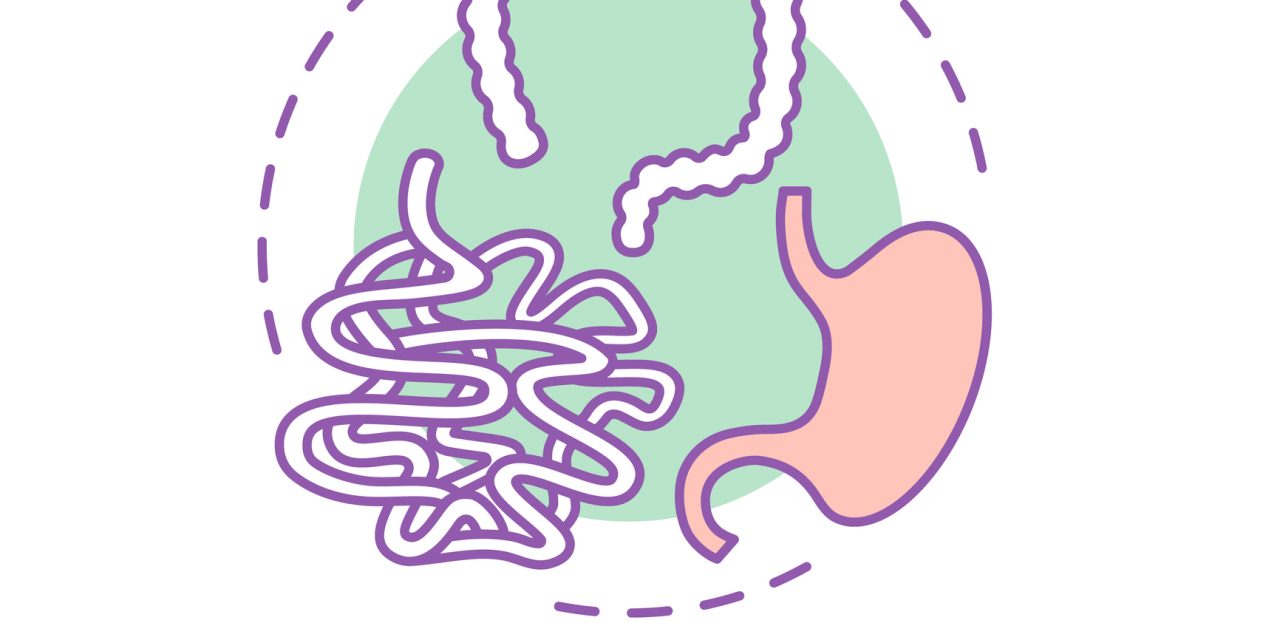Cessation of statural growth occurs with radiographic closure of the growth plates, radiographically defined as bone age (BA) 15 years in females and 17 in males.
We determined the frequency of continued growth and compared the total height gain beyond the time of expected growth plate closure and the chronological age at achievement of final adult height in Crohn’s disease (CD) vs ulcerative colitis (UC) and described height velocity curves in inflammatory bowel disease (IBD) compared with children in the National Health and Nutrition Examination Survey (NHANES). We identified all females older than chronological age (CA) 15 years and males older than CA 17 years with CD or UC in the ImproveCareNow registry who had height documented at ≥3 visits ≥6 months apart.
Three thousand seven patients (48% female; 76% CD) qualified. Of these patients, 80% manifested continued growth, more commonly in CD (81%) than UC (75%; P = 0.0002) and in females with CD (83%) than males with CD (79%; P = 0.012). Median height gain was greater in males with CD (1.6 cm) than in males with UC (1.3 cm; P = 0.0004), and in females with CD (1.8 cm) than in females with UC (1.5 cm; P = 0.025). Height velocity curves were shifted to the right in patients with IBD vs NHANES.
Pediatric patients with IBD frequently continue to grow beyond the time of expected growth plate closure. Unexpectedly, a high proportion of patients with UC exhibited continued growth, indicating delayed BA is also common in UC. Growth, a dynamic marker of disease status, requires continued monitoring even after patients transition from pediatric to adult care.
© 2020 Crohn’s & Colitis Foundation. Published by Oxford University Press. All rights reserved. For permissions, please e-mail: journals.permissions@oup.com.
Continued Statural Growth in Older Adolescents and Young Adults With Crohn’s Disease and Ulcerative Colitis Beyond the Time of Expected Growth Plate Closure.


